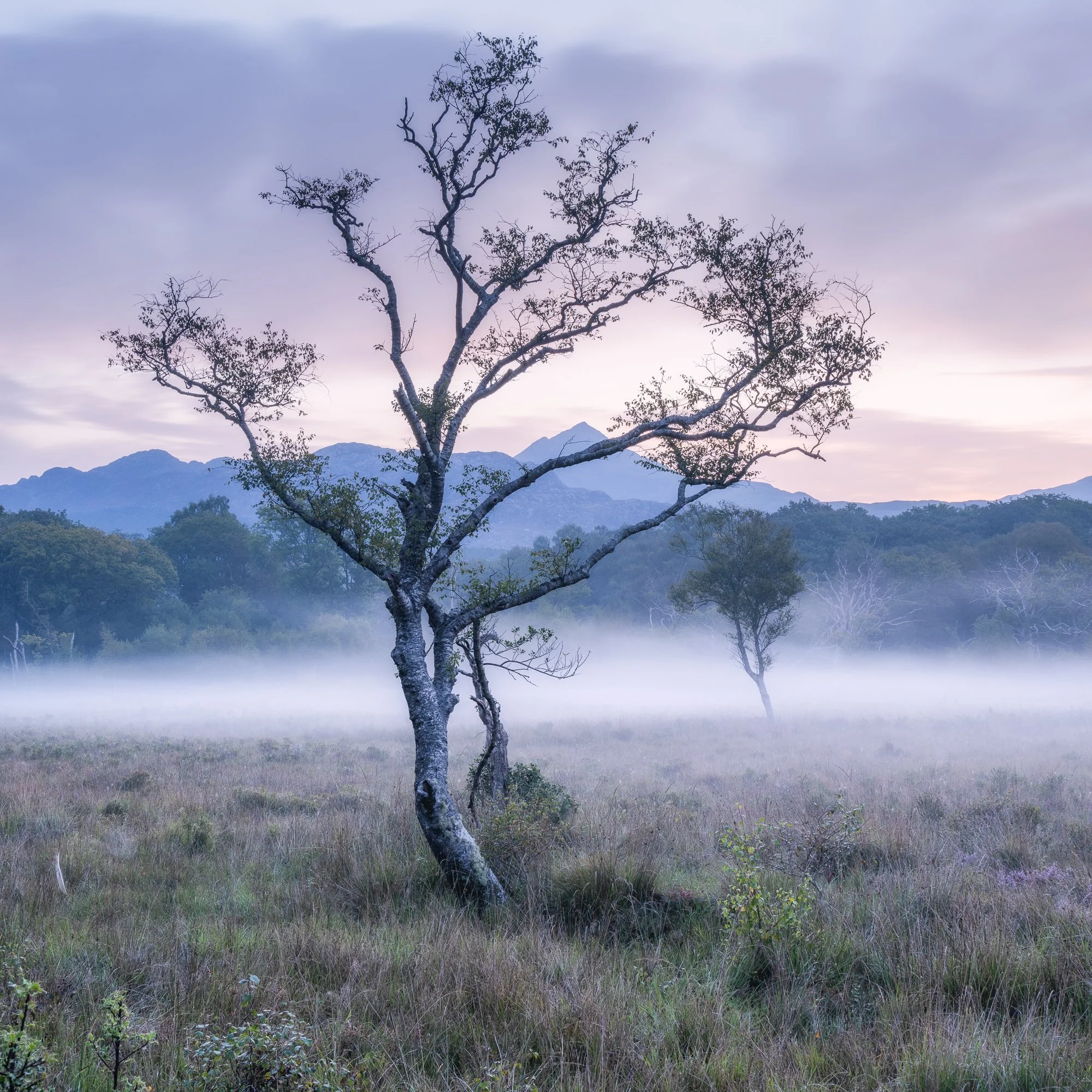I was recently invited onto the ‘Finding Light’ podcast to have a chat with my good friend Brad Carr. We spent the morning in a beautiful location in Snowdonia making the most of some lovely atmospheric conditions among the birch trees before moving onto discuss the meaning behind my photography and how life might’ve shaped my direction. I’ve never been the type to hide from the negative things that happened through childhood and more recently in the separation from my Wife, preferring to face them head on and try to use the suffering to positive effect. I find communicating these struggles extremely beneficial to the healing and growth process as a human being. The camera and to a lesser extent my words and musings here are fantastic creative outlets and my experiences hopefully translate into something that you’re able to connect with.
The YouTube video of our discussion can be found below and it’s also available over on Spotify.
I had somewhat of a break from photography for the vast amount of 2023 but for the last month or so I’ve rediscovered my purpose and I’ve been back out enjoying the landscape. I’ve had to make some quite large adjustments this year and my photography time for the moment is somewhat constrained to the periods where I’m not at work or spending time with my two boys William and Arthur. I’m no longer in a position where I can venture out whenever the conditions are favourable, I’ve got set days and I go out regardless. I’m a firm believer that there’s images to be made regardless of the conditions providing we’re open to seeing them. Even if the images don’t present themselves, no trip is ever wasted and the practice of photography and immersing my self in the landscape is always an enjoyable and worthwhile experience.
Despite these new constraints I’ve enjoyed a really productive spell of photography, September often provides some wonderful conditions and I’ve been fortunate enough to be out making images on a few of these days. I’m not anticipating my run of fortune lasting but that makes the days where it does come together all the more special.
‘Sanctuary’ from a very special morning in the woods.
I’ve got some quite big news incoming in terms of workshop’s and I’m also in the process of getting a print store sorted. To get access to these before anyone else I’d recommend signing up to my newsletter. My diary is filling quite quickly for 2024 and I’m really excited to be collaborating with some fantastic photographers and creatives to offer some residential photography workshops and some creative retreats that will involve a deeper dive into everything creative whilst maintaining a huge emphasis on photography.
I’ll leave you with some images from the last month or so, I hope you have a fantastic Autumn.
Thanks
Marc






















































